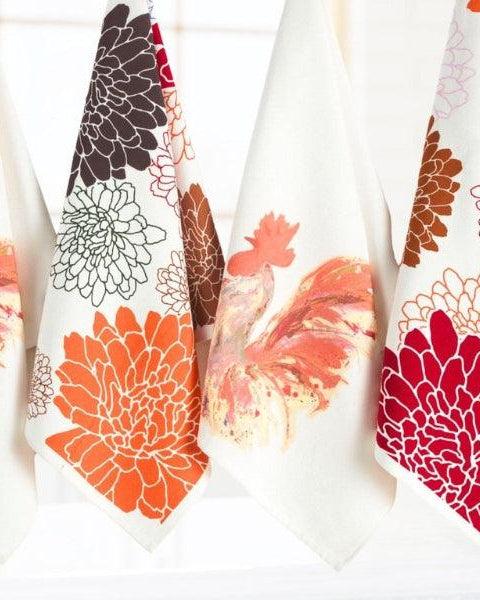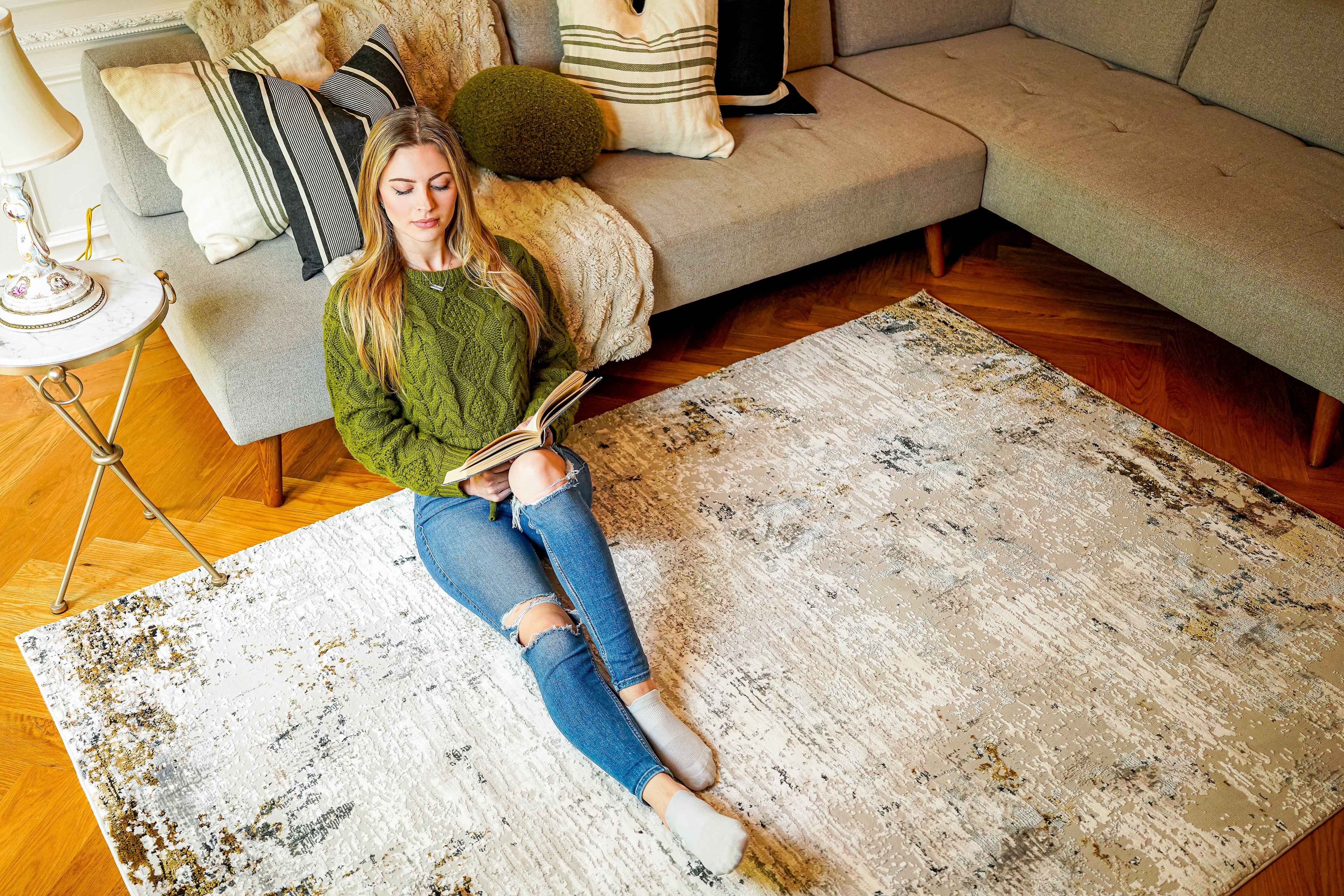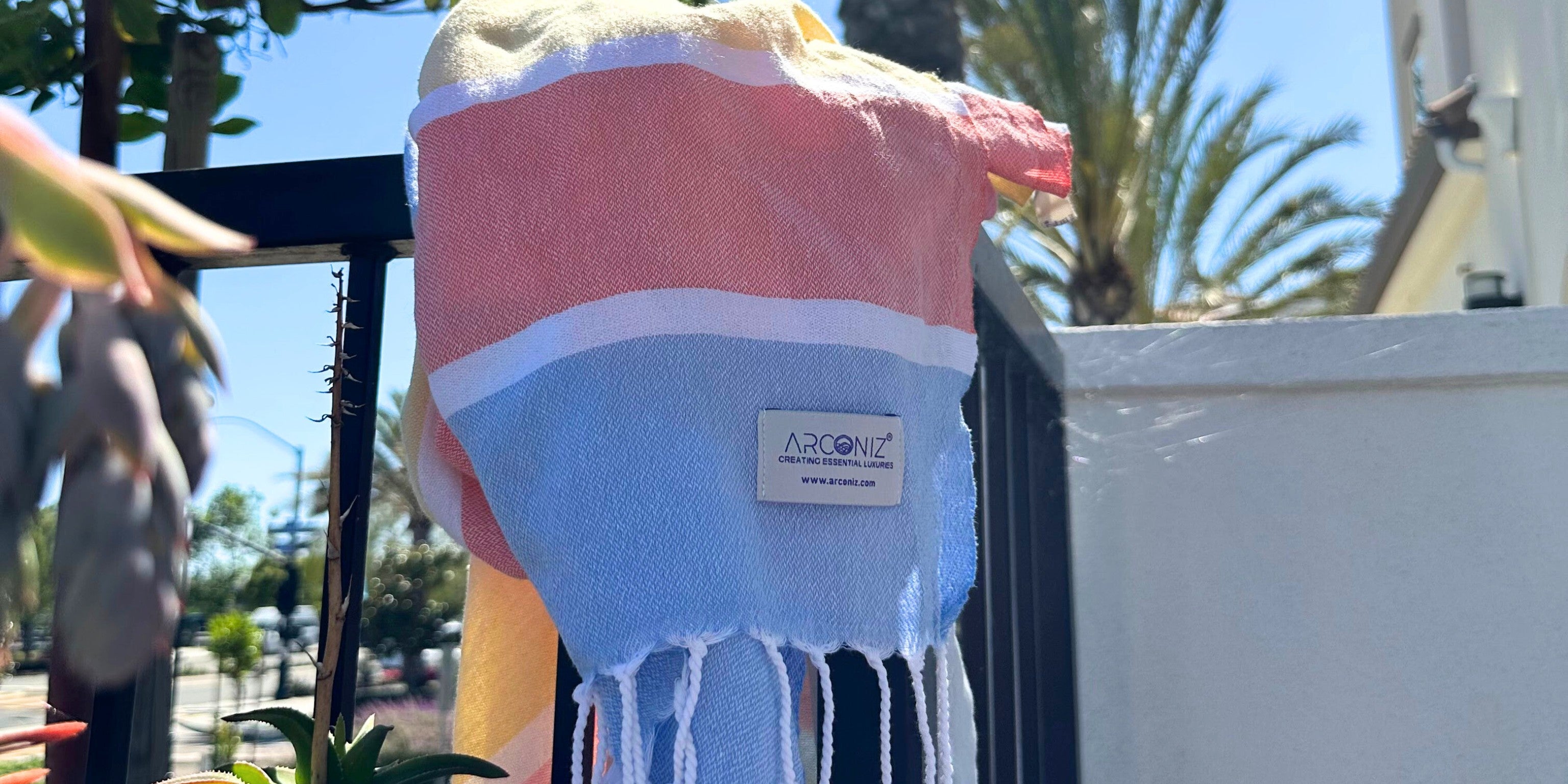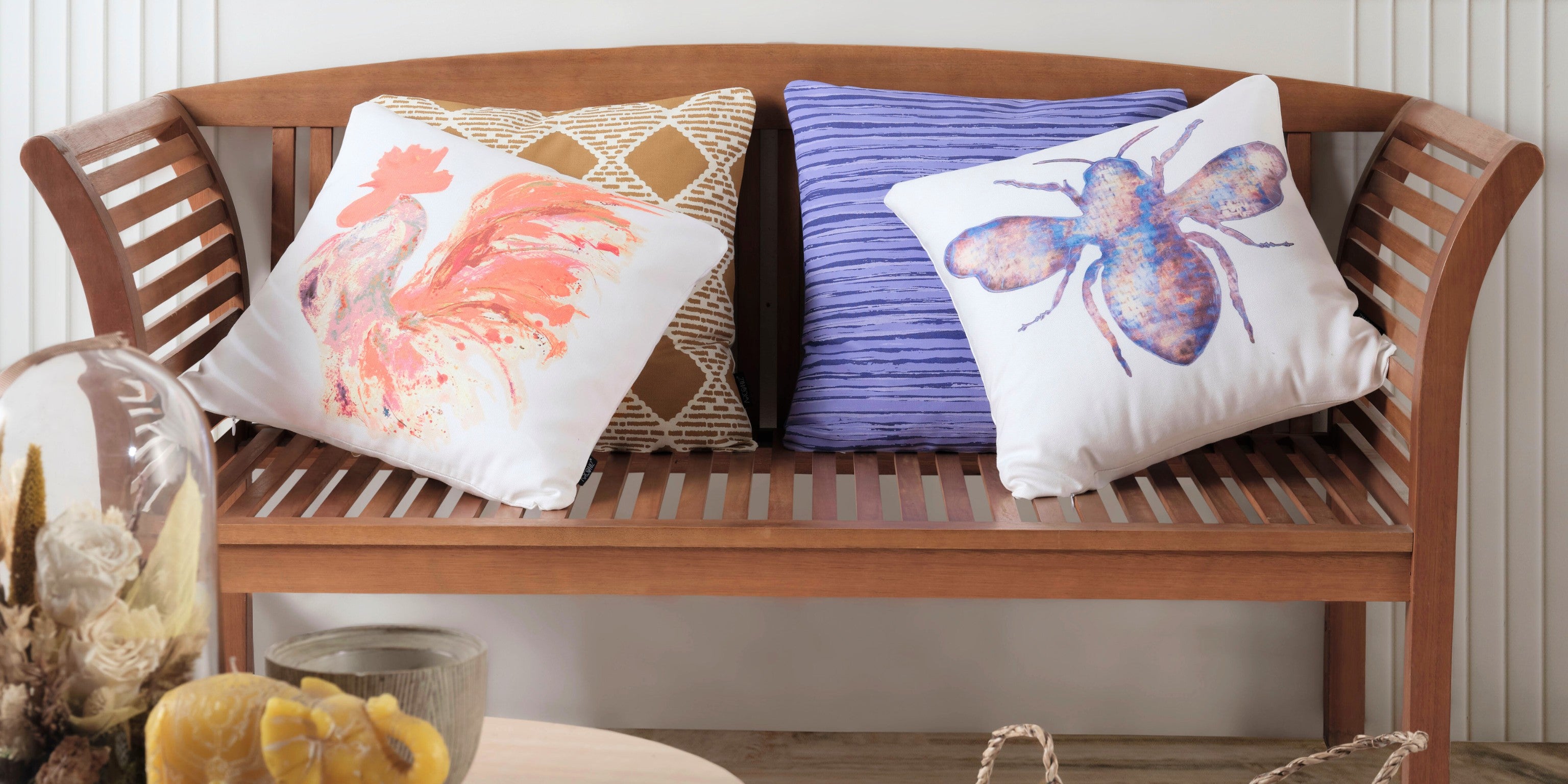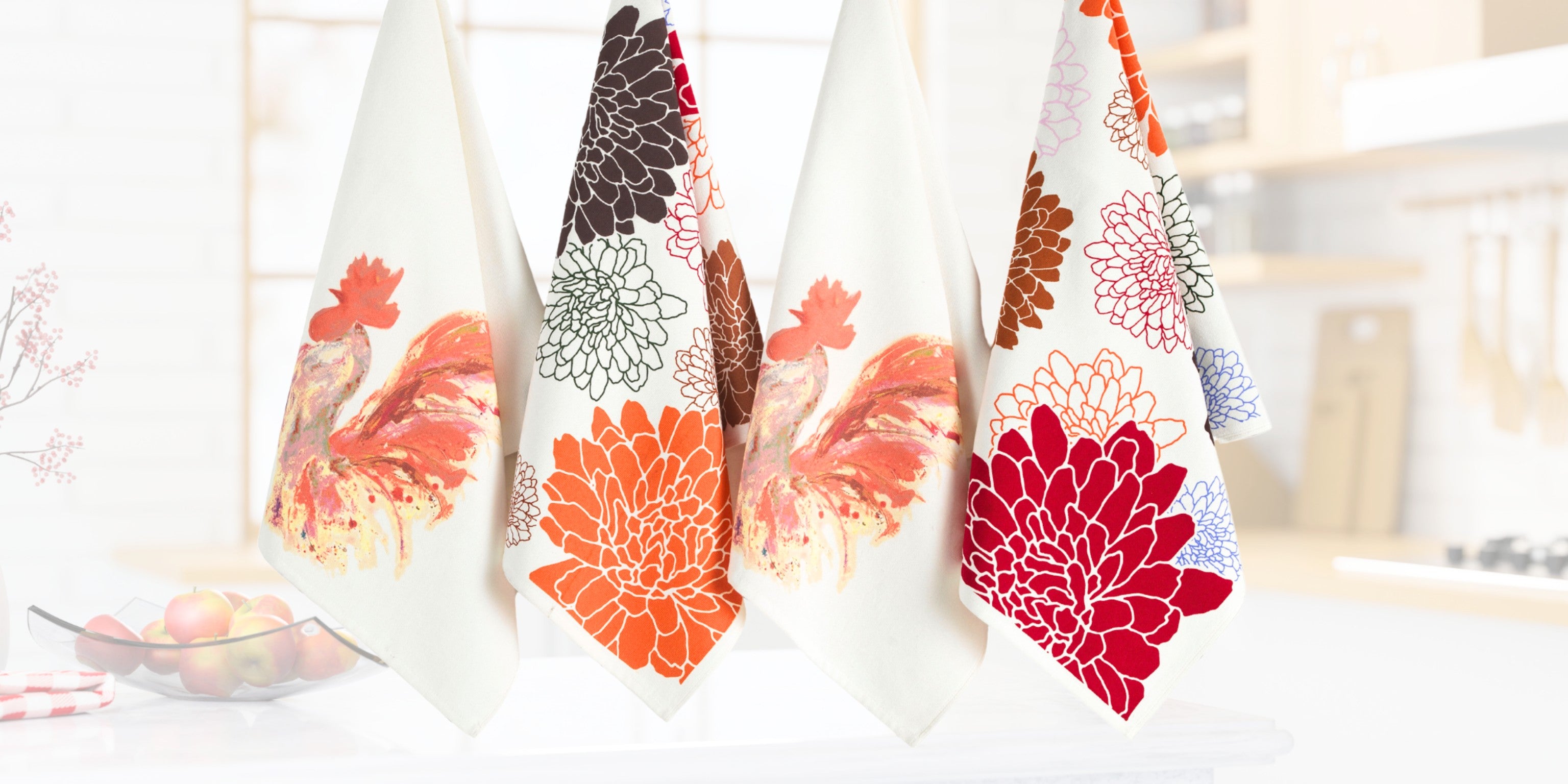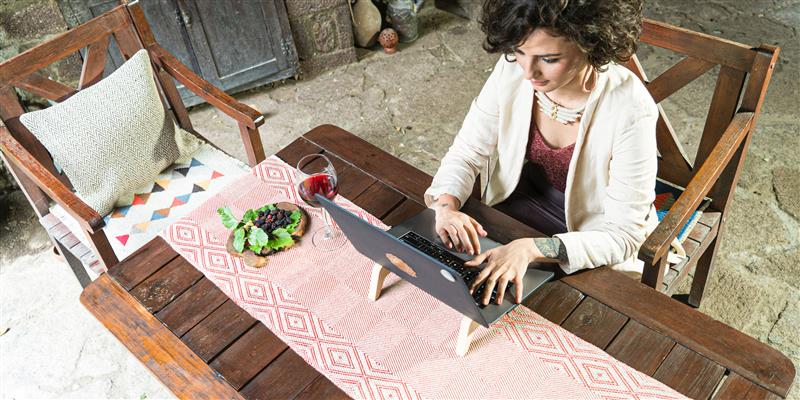Minimalist rugs are a perfect blend of simplicity and style. They offer a clean, understated elegance that can transform any space. These rugs are not just about aesthetics; they bring functionality to the forefront.
Incorporating minimalist rugs into your design can create a serene and organized atmosphere. Their neutral tones and geometric patterns add a touch of modernity. They are versatile, complementing various decor styles effortlessly.
For interior designers, minimalist rugs are a practical solution. They help define spaces and enhance the overall design. Whether in a living room or bedroom, these rugs elevate the ambiance.
Choosing the right minimalist rug can be a game changer. It’s about finding the balance between beauty and practicality.
What Defines a Minimalist Rug?

Minimalist rugs stand out for their simplicity and clean design. They typically feature muted colors and subtle patterns. This restraint lends them a timeless appeal.
Several key characteristics define these rugs:
- Neutral color palettes like whites, grays, and beiges
- Geometric and simple patterns
- Subtle textures without overwhelming detail
Minimalist rugs seamlessly blend into various design environments. They are neither bold nor distracting. Instead, they offer a subtle anchor to any room. Their versatility allows them to complement styles from Scandinavian to modern industrial. The minimalist approach focuses on achieving beauty through simplicity, enhancing the innate elegance of a space.
The Aesthetic and Functional Benefits of Minimalist Rugs
Minimalist rugs bring both beauty and utility to a room. Their clean lines and muted colors create a sense of tranquility. This calming effect is perfect for modern spaces.
These rugs provide numerous functional advantages as well. They define areas within open-concept spaces without heavy visual interruptions. This subtle division can guide the flow of movement.
The aesthetic and functional benefits include:
- Enhancing the perception of space and openness
- Providing a cohesive look to unify room elements
- Offering comfort and warmth underfoot
Minimalist rugs can highlight architectural features by not overshadowing them. Their understated elegance allows other design elements to shine. Interior designers appreciate these rugs for their flexibility, making them a staple in creating harmonious spaces. By balancing form and function, minimalist rugs elevate the overall design without compromising on practicality.
Choosing the Right Minimalist Rug for Your Space
Selecting the perfect minimalist rug involves more than just liking a design. It's about finding a piece that complements and enhances your space. Start by considering the room's size and layout. A rug should fit proportionally within the room, maintaining a sense of balance.

Next, think about the purpose the rug will serve. Is it meant to be a focal point, or to blend seamlessly with existing decor? Minimalist rugs can do both, but clarity on intent will guide your choice. For busy spaces, opt for durable materials and easy-to-clean fabrics.
When choosing a minimalist rug, consider:
- Size and scale of the room
- Primary function (focal point vs. blending element)
- Durability and ease of maintenance
Lastly, color and pattern play crucial roles. Neutral hues are a hallmark of minimalist style, but subtle patterns can add interest without overpowering the design. By focusing on these elements, you ensure that your rug enhances the aesthetic while meeting practical needs. This careful selection process ensures a cohesive and stylish design.
Styling Tips: Incorporating Minimalist Rugs in Modern Interiors
Integrating minimalist rugs into modern interiors can transform your space with subtle elegance. Start by pairing your rug with complementary furniture. Simple and clean lines work well with the understated charm of minimalist rugs.
Consider layering for added dimension. A minimalist rug can serve as a base layer, with smaller, textured rugs on top. This creates a cozy yet sophisticated vibe. Ensure that colors and textures harmonize, highlighting the minimalist style.
Use your rug to define zones in open-plan spaces. Placing a rug under a coffee table can distinguish a living area from a dining space. This not only adds visual interest but also supports functional design.
Here are additional tips for styling minimalist rugs:
- Match with minimalist furniture for a cohesive look
- Layer rugs to introduce texture and depth
- Use rugs to delineate different zones in open spaces
By following these tips, you can effortlessly enhance both functionality and aesthetics, creating a seamless modern environment.
Material Matters: Exploring Options for Minimalist Area Rugs
When choosing a minimalist area rug, the material plays a crucial role. The texture and durability depend greatly on the material. Popular options include wool, cotton, and synthetic fibers, each offering unique benefits.
Cotton rugs, are lightweight and easy to clean. They offer a simpler aesthetic while maintaining a soft touch. Wool rugs on the other hand provide warmth and have a luxurious feel underfoot. They're durable, making them perfect for high traffic areas.
Synthetic fibers like polypropylene provide an affordable and stain-resistant option. They are ideal for households with pets or children. Consider your client's needs and space requirements when selecting materials for minimalist rugs.
Here’s a quick material guide:
- Cotton: Lightweight, easy to clean
- Wool: Warm, durable, luxurious
- Synthetic fibers: Affordable, stain-resistant
Sustainability and Minimalist Rugs: Eco-Friendly Choices
Incorporating sustainability into interior design is easier with eco-friendly minimalist rugs. Many rugs are now crafted from organic materials and use ethical production methods. This is perfect for clients prioritizing sustainability.
Opt for rugs made from renewable resources like hemp rugs, bamboo, or recycled materials. These options reduce environmental impact while maintaining aesthetic appeal and functionality. They offer the same elegance without sacrificing ecological responsibility.
Here are some eco-friendly options to consider:
- Hemp: Durable, biodegradable
- Bamboo: Fast-growing, renewable
- Recycled materials: Reduces waste, eco-conscious
Minimalist Rugs as a Timeless Investment
Investing in minimalist rugs offers enduring style and functionality. Their clean lines and understated elegance transcend fleeting decor trends, making them a classic addition to any space. These rugs maintain their appeal over time, providing lasting value to clients seeking timeless solutions.
Their versatility ensures they complement various interior styles, from contemporary to traditional. Minimalist rugs adapt to evolving tastes and decor changes, offering a practical investment for any design project. By selecting these rugs, interior designers can ensure client satisfaction for years to come.
Final Thoughts: Elevate Your Design with Simplicity
Incorporating minimalist rugs into your design projects can significantly enhance both style and function. Their simplicity fosters a serene atmosphere, helping clients achieve an organized and inviting home.
These rugs provide a versatile foundation that supports various design elements. By choosing minimalist options, you embrace a design philosophy that values clarity and elegance. This approach not only satisfies current trends but also prepares spaces to gracefully evolve with changing tastes. Embrace the simplicity of minimalist rugs to elevate your designs and create timeless spaces.



